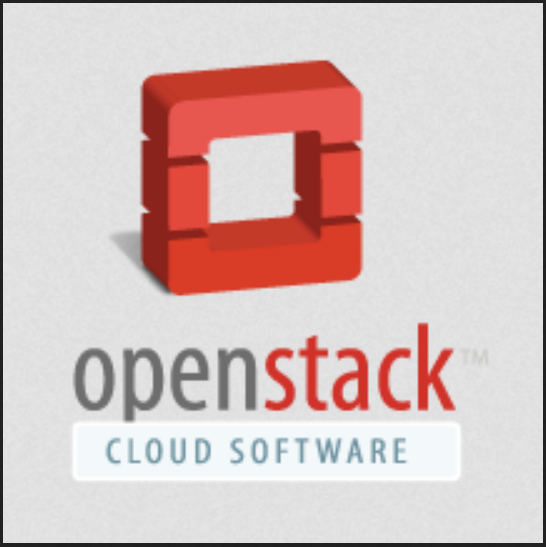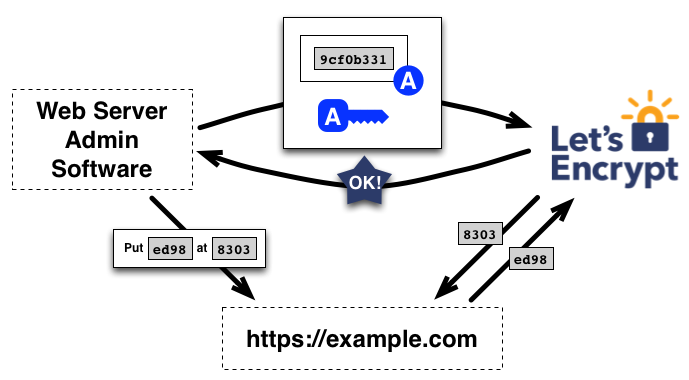Last month, we talked about the pros and cons of some of the different ways to handle containers in OpenStack, including native tools, Murano applications, and Magnum-based operations.
Before we get too deep into how to create different types of applications using OpenStack tools, we thought we’d take a look at what’s really going on behind the scenes by building a containerized application on OpenStack using native Docker tools.
Docker has soared in popularity, but while there are some huge applications running on it, very few of the millions of developers and organizations using it are doing so in production, despite the fact that there are now multiple ways to create a reliable and robust infrastructure.
At present, the most common way to deploy container “hypervisors” is to first provision a virtual machine, and then install Docker and the appropriate containers on that VM. The drawback of this method is latency while the VM spins up, but the advantage is 100% isolation and security. OpenStack, of course, lends itself to this approach of creating Docker hosts on a private cloud, so let’s see how that works.
Read the complete article here.








